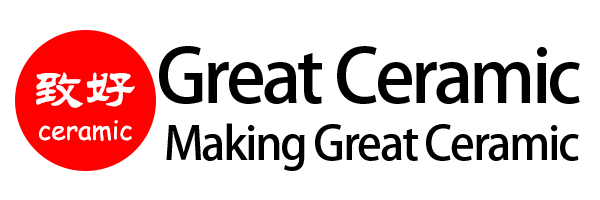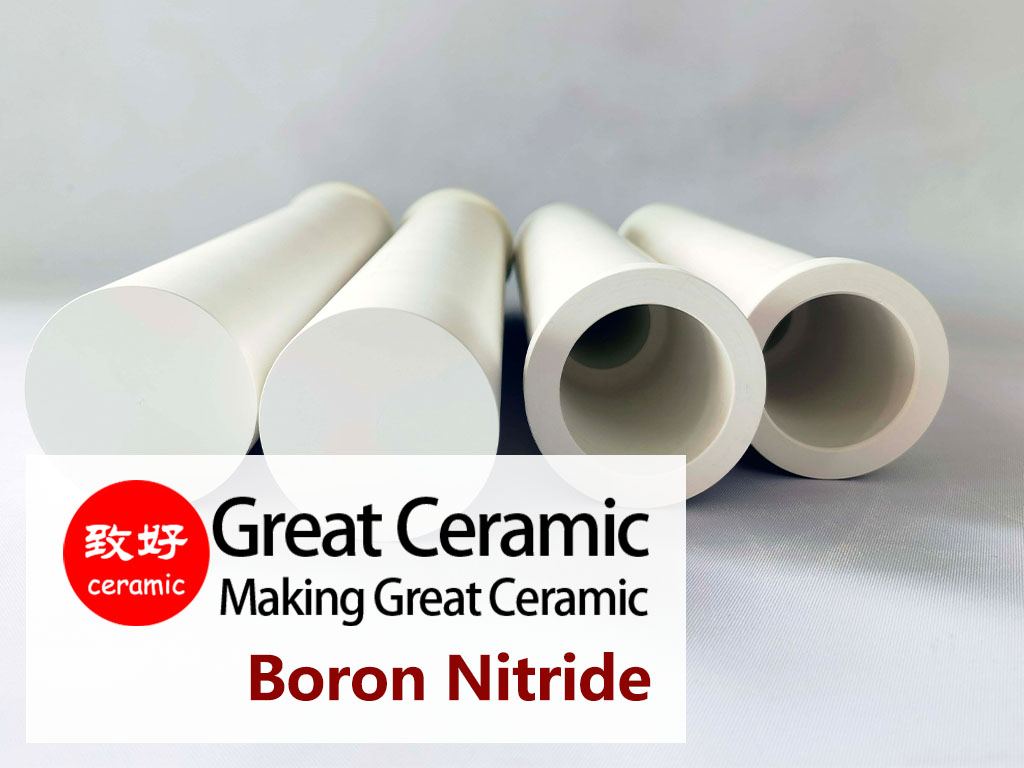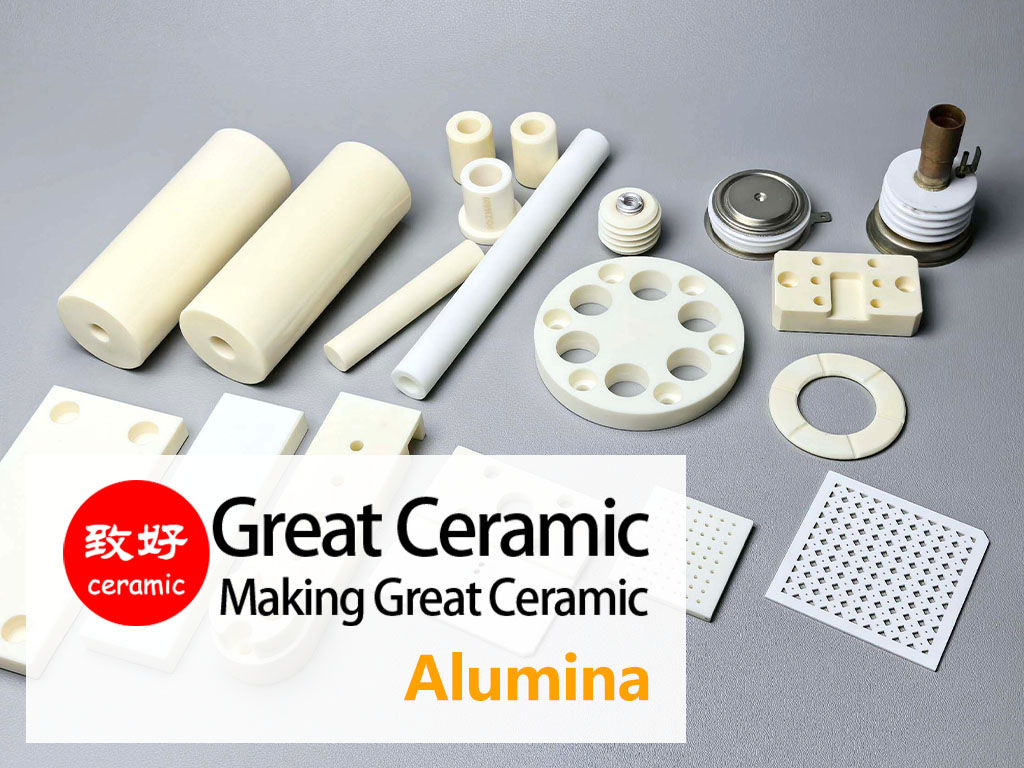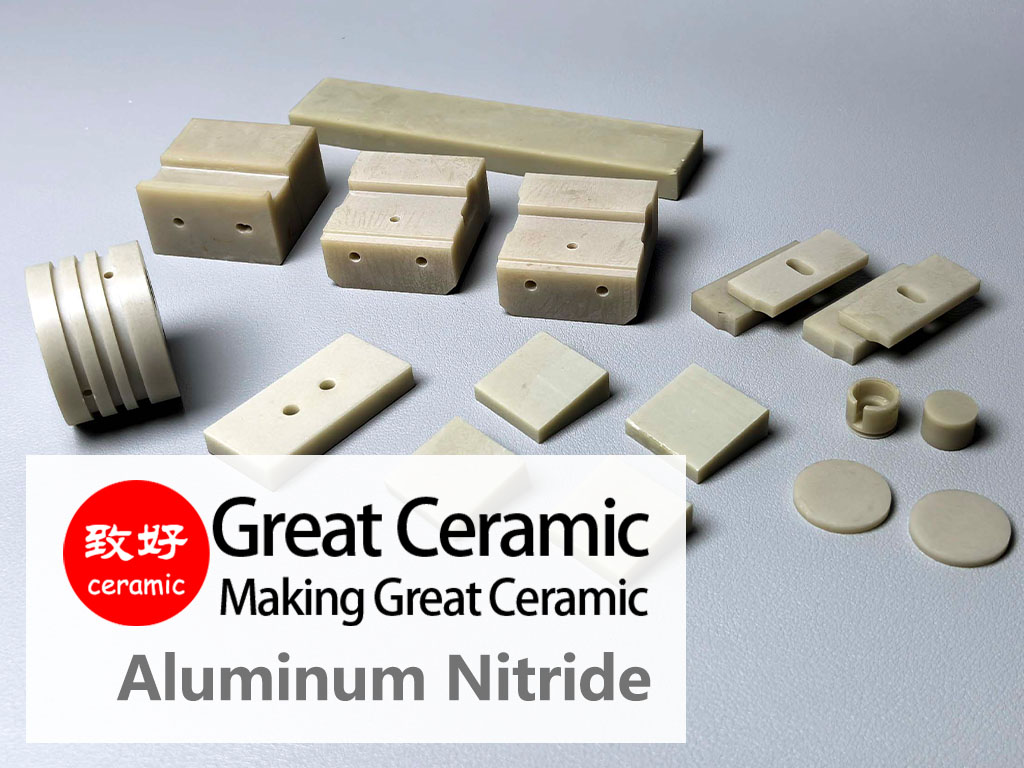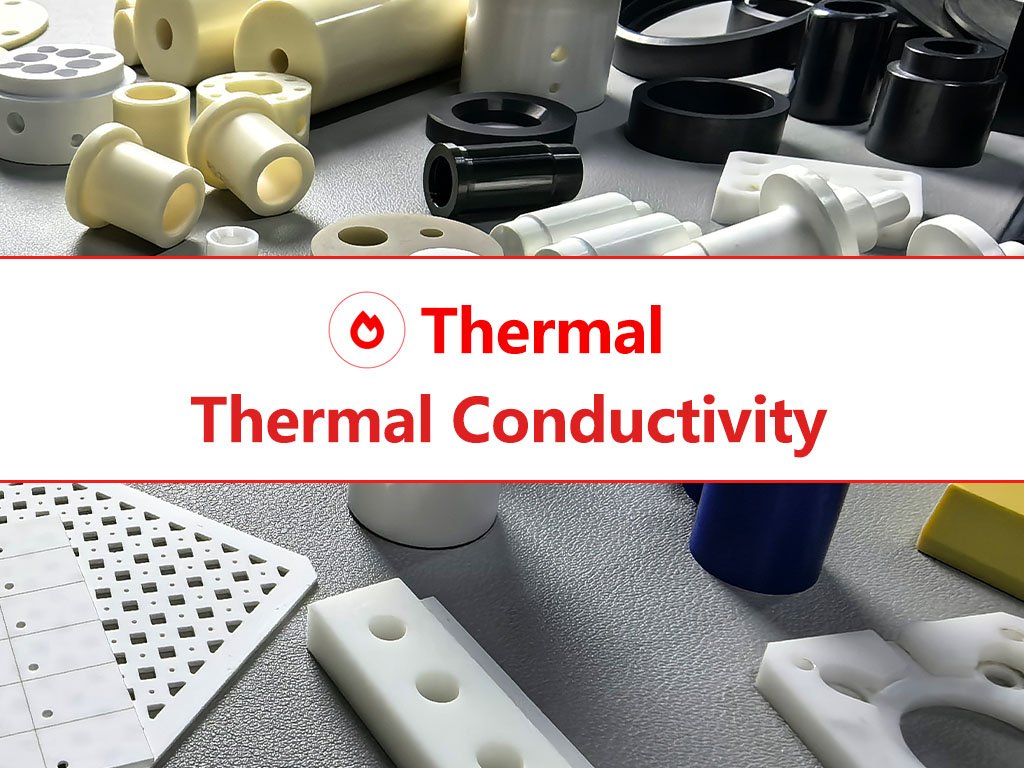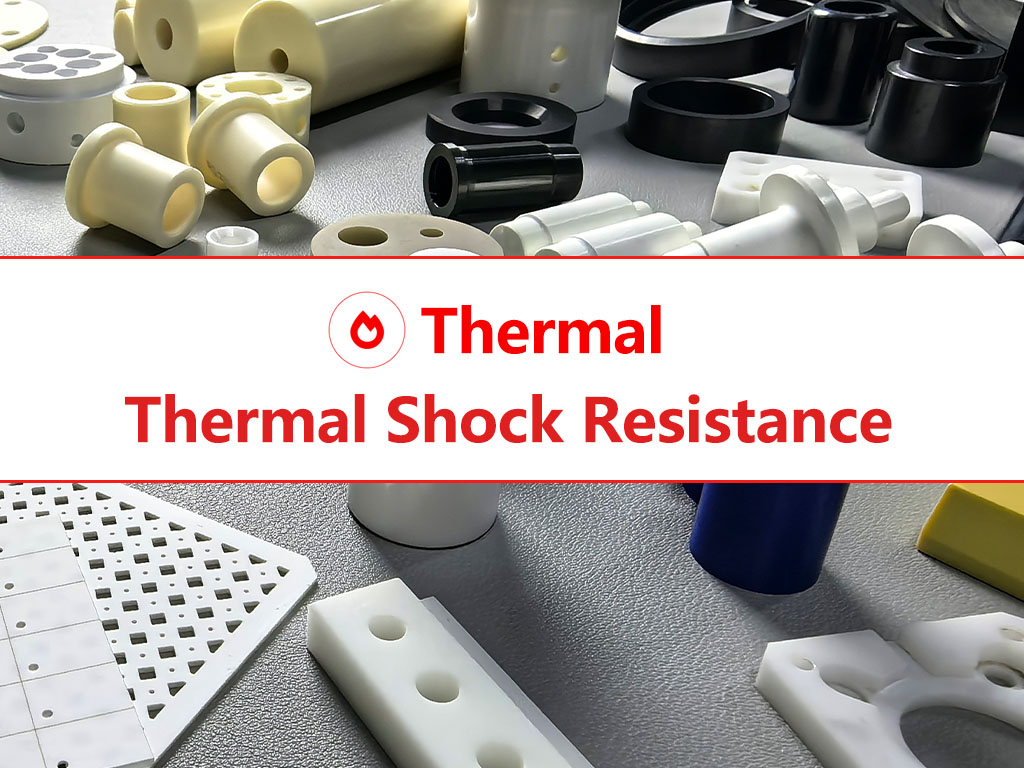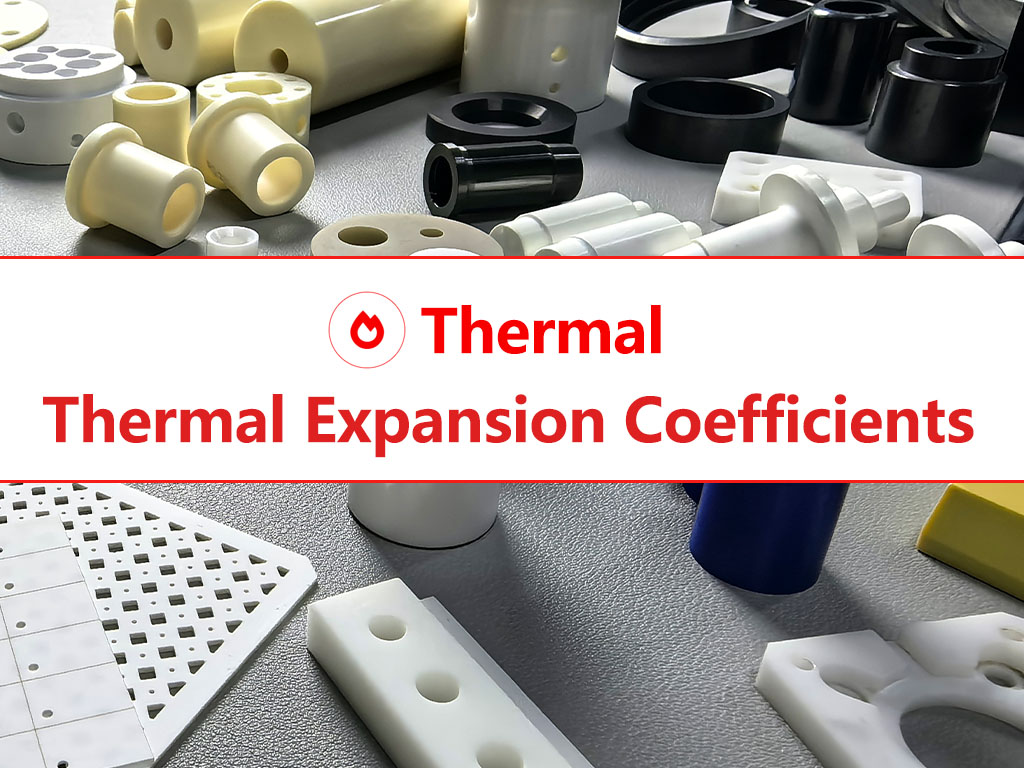Gelişmiş seramiklerin Maksimum Çalışma Sıcaklığı
Gelişmiş seramikler, geleneksel metallerden veya mühendislik ürünü plastiklerden çok daha yüksek maksimum çalışma sıcaklığına sahiptir. Buna karşılık, bazı yüksek performanslı seramikler 2200°C'ye kadar sürekli çalışma sıcaklıklarına dayanabilirken, geleneksel metaller 1200°C ila 1500°C'de erimeye başlar. Bu da yüksek sıcaklık seramik malzemelerini yüksek sıcaklıktaki endüstriyel uygulamalar için ideal kılmaktadır.
Ancak, 2000°C civarında kullanılmak üzere malzeme seçerken, uygulama ortamı dikkatle değerlendirilmelidir. Bor nitrür ve silisyum karbür gibi birçok ultra yüksek sıcaklık özellikli seramik, inert veya indirgeyici bir ortam gerektirir. Oksitleyici bir ortamda, maksimum çalışma sıcaklıkları önemli ölçüde düşebilir.
Bu makale, başlıca seramik malzemelerin maksimum çalışma sıcaklığı limitlerini incelemekte, bunları metaller ve plastiklerle karşılaştırmakta ve özelliklerinden yüksek sıcaklık uygulamalarında nasıl yararlanılabileceğini açıklamaktadır.
Şuraya atla
Veri | Karşılaştırma | Uygulamalar | SSS | İlgili
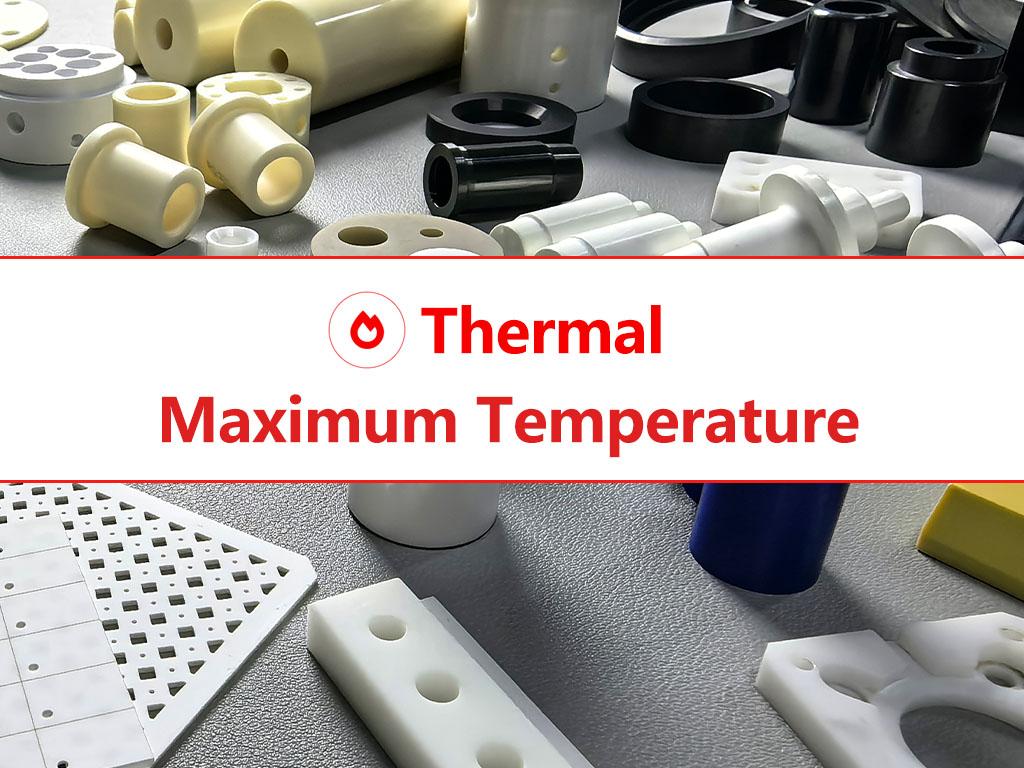
Yüksek Sıcaklık Seramikleri Neden Önemlidir?
Gelişmiş seramikler aşırı sıcaklıklarda yapısal ve kimyasal bütünlüğü korur, bu da aşağıdaki gibi uygulamalarda çok önemlidir:
Özellikle metaller ve polimerlerle karşılaştırıldığında üstün termal şok direnci, oksidasyon kararlılığı ve düşük termal genleşme sunarlar. Bu da onları birçok yüksek teknoloji ve endüstriyel uygulamada vazgeçilmez kılmaktadır.
Maksimum Çalışma Sıcaklığı Nedir?
Maksimum çalışma sıcaklığı, bir malzemenin yumuşama, erime, oksidasyon veya yapısal bozulma gibi önemli bir performans düşüşü yaşamadan uzun süre dayanabileceği en yüksek sıcaklığı ifade eder.
Seramikler için bu sıcaklık aşağıdaki gibi faktörlerden etkilenir:
Seramik Malzemeler ve Maksimum Sıcaklıkları
| Seramik Malzeme | Maksimum Çalışma Sıcaklığı (°C) | Notlar |
|---|---|---|
| Bor Nitrür (BN) | 2000 | Sadece inert atmosfer |
| Alümina (Al2O3) | 1650 | En yaygın kullanılan gelişmiş seramik |
| Silisyum Karbür (SSiC) | 1400 | Mükemmel ısı iletkenliği |
| ZTA20 | 1400 | Sertleştirilmiş zirkonya-alümina kompozit |
| Silisyum Nitrür (Si3N4) | 1300 | Büyük termal şok direnci |
| Alüminyum Nitrür (AlN) | 1200 | Elektronik yüzeyler için ideal |
| Berilyum Oksit (BeO) | 1200 | Yüksek iletkenlik, işleme sırasında toksik |
| MGC | 900 | Prototiplemede, elektronikte kullanılır |
| Zirkonya (YPZ) | 850 | Faz kararsızlığı ile sınırlı |
*Veriler sadece referans içindir.
Doğru Seramiği Seçmek İçin Yardıma mı İhtiyacınız Var?
Doğru yüksek sıcaklık seramik malzemesinin seçilmesi, aşırı koşullar altında ekipmanın uzun vadeli stabilitesini ve mükemmel performansını sağlamak için kritik öneme sahiptir. Sağladığımız malzemeler mükemmel ısı direncine, termal stabiliteye ve sektör lideri güvenilirliğe sahiptir.
Mühendislik ekibimiz her zaman hazırdır, yüksek sıcaklık uygulama senaryolarınız için profesyonel malzeme seçimi tavsiyesi ve özelleştirilmiş destek almak için lütfen şimdi bizimle iletişime geçin.
Maksimum Çalışma Sıcaklığı Karşılaştırması: Seramikler vs Metaller ve Plastikler
Aşağıdaki çubuk grafik, yüksek sıcaklık seramiklerinden yaygın endüstriyel plastiklere kadar çeşitli mühendislik malzemelerinin maksimum çalışma sıcaklıklarını en yüksekten en düşüğe doğru sırayla göstermektedir.
*Veriler sadece referans içindir.
Seramik bazlı uygulamalar Maksimum sıcaklık
Gelişmiş seramikler, olağanüstü termal dirençleri nedeniyle zorlu ortamlarda yaygın olarak kullanılmakta ve genellikle 1000°C'nin üzerinde yapısal bütünlüğü ve işlevsel kararlılığı korumaktadır. Aşağıda, seramik malzeme türlerini ve bunların tipik maksimum hizmet sıcaklıklarını vurgulayan, sektöre göre uygulama örnekleri yer almaktadır.
